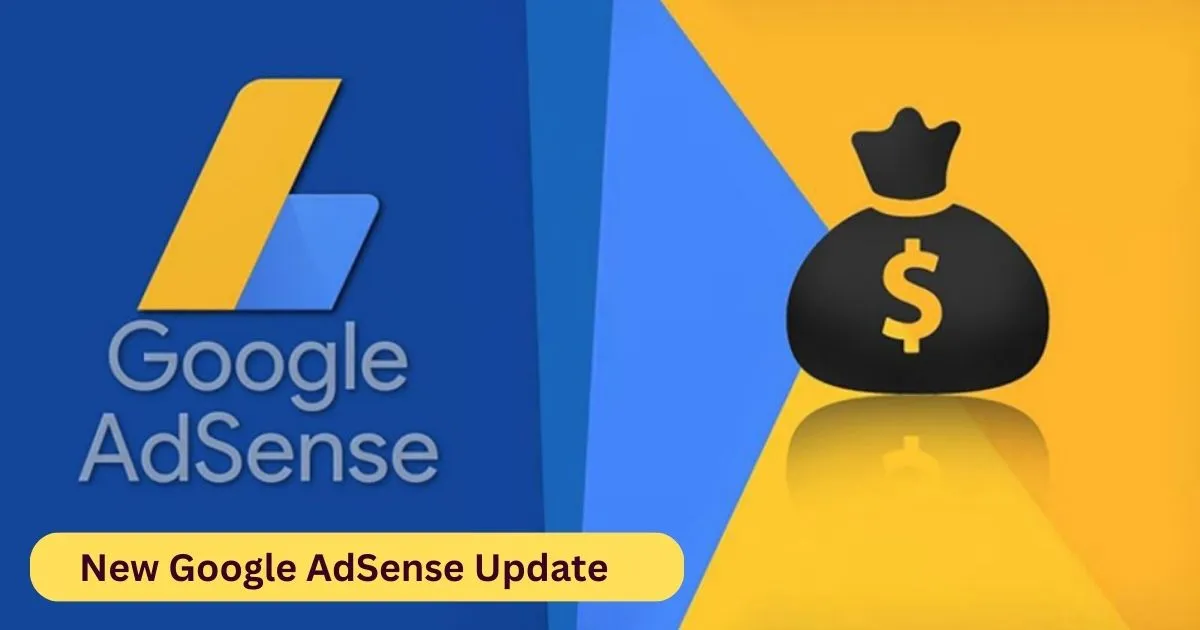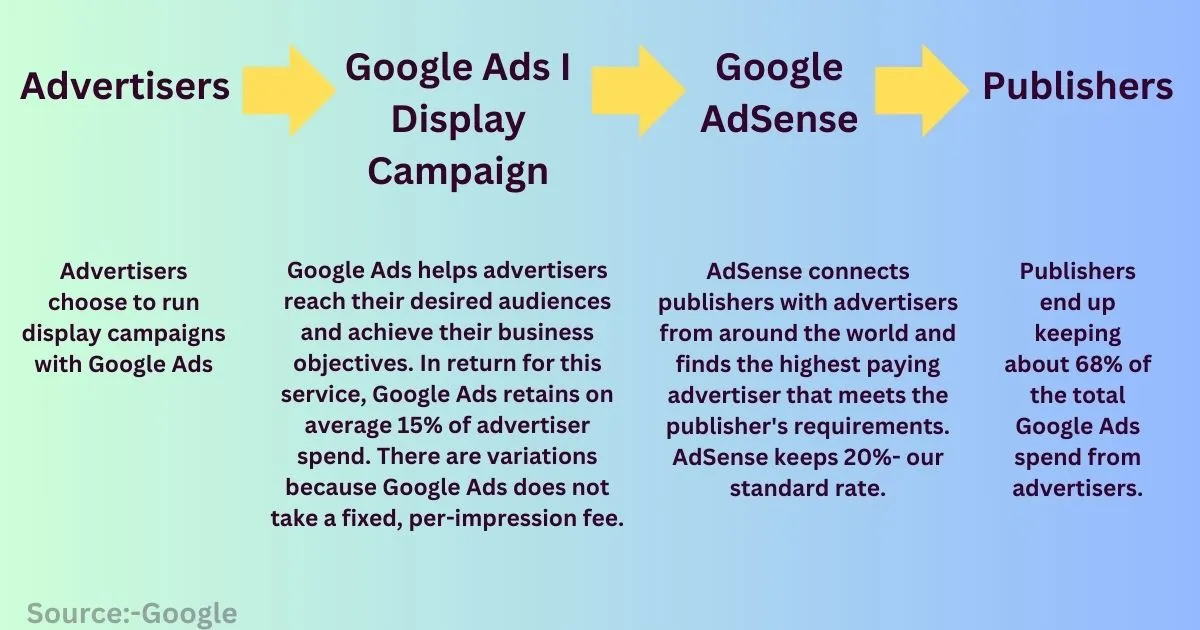Google AdSense Update
Introduction: The Evolution of Google AdSense
Google AdSense was created twenty years ago with the aim of assisting publishers of all sizes in generating revenue from their websites. Throughout its journey, the focus has been on simplifying digital advertising and facilitating connections between publishers and advertisers worldwide. Over time, Google AdSense has allocated substantial financial resources to our publishing partners, empowering content creators to dedicate their efforts to the creation of outstanding content.
Simplifying Digital Advertising
In the ever-evolving advertising industry, website owners now have a myriad of monetization options at their disposal. They often combine direct sales, ad networks, and sell-side platforms, all while using multiple technologies simultaneously.
Google AdSense Update
The Two Game-Changing Updates
Google AdSense is introducing two significant changes. Firstly, we’re updating the revenue-share structure, making it easier for publishers to compare fees across various monetization technologies, enhancing transparency in the process.
Understanding the Revenue-Share Structure
For years, we’ve been transparent about the fees we charge for our service, aligning with industry rates. When publishers use AdSense to monetize their content, they’ve traditionally kept 68% of the revenue.
The Buy-Side vs. Sell-Side
With our latest update, we’re splitting the revenue share into separate rates for the buy-side and sell-side. For displaying ads with AdSense for content, publishers will receive 80% of the revenue after the advertiser platform takes its fee, whether it’s Google’s buy-side or third-party platforms.
For instance, when Google Ads purchases display ads on AdSense, they retain an average of 15% of the advertiser spend. The variations come into play because Google Ads doesn’t charge a fixed, per-impression fee. Overall, publishers will still retain approximately 68% of the revenue.
When advertisers opt for a third-party platform to purchase display ads on AdSense, publishers will keep 80% of the revenue after the third-party platform deducts its fee. Google doesn’t control or have visibility into the fees these third-party platforms charge advertisers.
Moving to Per-Impression Payments
In addition to the revenue-share update, AdSense is transitioning to pay publishers per impression instead of per click. This move aligns with the industry standard and provides a more uniform way for publishers to monetize their ad space across various platforms.
Importantly, this change won’t affect the type or quantity of ads publishers can display on their websites. Publishers are required to adhere to AdSense policies and the Better Ads Standards, which prohibit practices like pop-ups or interruptive ads.
Content Quality Remains a Priority
Your readers deserve the best experience, and we understand that. That’s why we’re committed to maintaining content quality standards. We want to ensure that the content displayed through AdSense is engaging and non-intrusive, benefiting both publishers and audiences.
When Do These Updates Take Effect?
We anticipate these updates going into effect early next year, and the best part is, they won’t require any action from publishers. It’s a seamless transition designed to make your monetization process even more efficient.
Ad Tech Fuels Online Content
Advertising technology plays a crucial role in funding the diverse and creative content we all enjoy online. For years, we’ve invested in AdSense to make it easier for publishers to earn money and grow. As the internet evolves, we’ll continue to contribute to the open web, ensuring access to content that advertising supports while providing transparency into the process.
Also Read:- Elon Musk Called Artificial Intelligence a Real Threat to the Modern World

